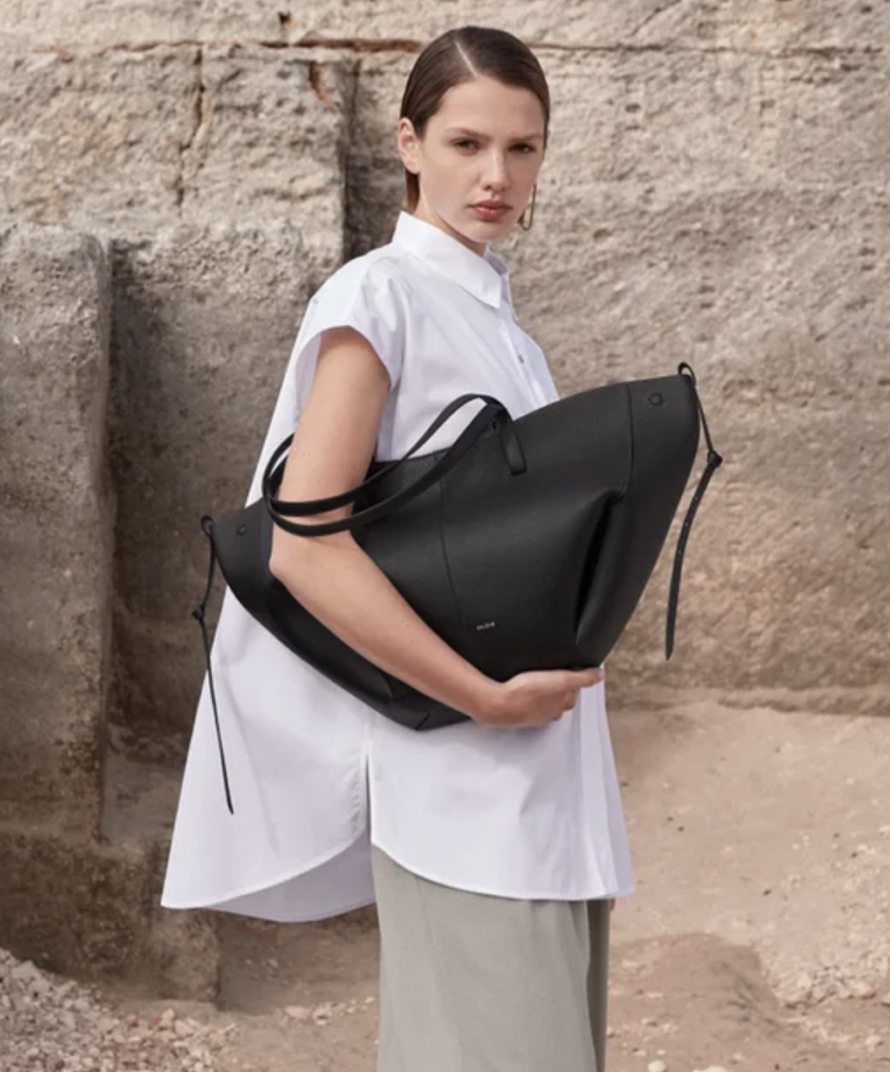Never before have the leading houses of the beauty industry faced so much competition from so many independent newcomers.
The incumbents have the natural advantage of global reach, name recognition, and financial war chests. They’re therefore better able to purchase valuable media, develop technology, and place products in key locations in leading stores. Yet the coronavirus and the resulting economic downturn appears to be leveling the playing field. Social media, relatively low cost compared to channels like TV and major print, has become the leading shopping tool. And shelf space matters not.
What has become most valuable is differentiation—establishing a brand apart all others through position: that amalgam of purpose, product, price, and personality.
Without the benefit of top-tier resources, dozens of newcomers have earned market share, pioneered new white space, and broken through the seeming seas of sameness. By looking at the approaches taken by successful startups, we can spot opportunities for the leading beauty lines to more than keep pace—through their own creativity, innovation, and refinement.
Many global brands put out broad messaging for a mass audience that speaks to everyone and resonates with no one. It’s time to narrow focus. By creating consumer profiles for separate key demographics, a brand can better target their messaging and media buy. Sometimes the only advantage a startup brand has a limited advertising budget, so they spend it focusing on one key demographic, and thereby breakout. Many longstanding brands get away from marketing the brand itself. It can happen by focusing on short-term results, putting out too many SKUs across too many categories, or simply forgetting the roots of the brand.
That founding essence that saw a brand become a global icon—that must never be plowed under, discounted, or rewritten. If a brand has lost its luster, it’s frequently a case of neglecting its core DNA. Revisit what makes the brand superlative and build it once more in the language and imagery of today’s culture. Ethically-sourced and environmentally-friendly production has become a clear preference for consumers. The shift toward “clean” is all but a must for skincare and beauty. Those brands who can’t yet make these claims should be addressing supply chain and manufacturing to create a plan for achieving this move. No one wants to buy a product associated with toxicity and unnecessary waste.Inclusiveness has emerged as a key differentiator. By expanding color palettes and launching new lines for unique segments, brands may invite people of all colors. Cisgender and trans people have gravitated toward brands that embrace them by signing makeup artists and influencers who identify across the spectrum of sexual identity. Brands and lines driving innovation by creating beauty for all include Fenty, Morpe, and MAC’s Selena.
Personalization is a cornerstone of luxury, and the door is wide open for brands to offer everything from digital skin tone matching to personalized blending—as do brands like bareMINERALS and LULU The Face Company. Personalized scents have been a thing for awhile. Yet the surface, no pun intended, hasn’t yet been scratched for skincare and cosmetics.
New brands have positioned themselves as unique by highlighting the benefits of certain key ingredients. Some of these lead ingredients may be unusual and innovative. More often than not the ingredients have been around for decades and the real difference is in calling them out. Many longstanding brands opt not to write large the ingredients in products so as not to draw scrutiny, or for fear that those ingredients will divide opinion—while some people will be drawn in, others may be pushed away. Now, often new brands are merely taking credit for ingredients and innovations that are not new at all. The leading global brands must remember to call out their attributes—even, yes, ingredients.Those companies flexible enough to adapt quickly can capitalize on how consumers are shopping today. Global brands are slower to change direction, but that shouldn’t be a reason to cement themselves like a monolith forever in one place. Even the most established brands have evolved with the times, or they become obsolete. This is by no means a suggestion that brands should cater to fads. Rather, they should lead the way and set new standards by self-assessing ways to improve and building in the flexibility to accomplish those goals. Upstart brands, because they can’t always afford shelving fees at major retailers, opt to launch with a Direct-to-Consumer platform. Many of the biggest beauty disruptors of the past ten years have taken this approach before shifting to selling in-store as well. These disruptors have managed to carve valuable chunks out of the market. All while the heavyweight brands stand by. By offering direct channels to consumers, major beauty brands could reclaim lost share, and perhaps even bring new innovation to model.
